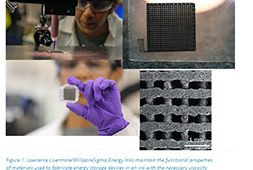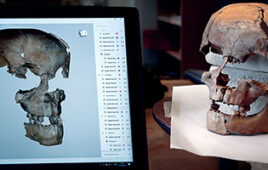
Credit: Screenshot of 3D printed gun offerings from Defcad.com.
Beginning August 1, gun manufacturers can legally post online instructions to 3D print firearms, thanks to a recent court settlement.
Last month, Cody Wilson, a self-described “post-left anarchist,” reached a settlement agreement with the U.S. Department of the State concluding a multi-year federal lawsuit. Following the settlement Wilson will now be permitted beginning Aug. 1 to post downloadable instructions online for the 3D printing of guns.
In 2013, Wilson’s non-profit group Defense Distributed, posted online instructions for a printed handgun he called “The Liberator,” that could pass through metal detectors without detection.
According to CNN, the U.S. State Department told the group to take down the gun schematics less than a week later due to a possible International Traffic in Arms Regulations violation, which regulates the export of defense materials, services and technical data.
While Wilson and Defense Distributed complied with the government request, the files had already been downloaded more than one million times, according to CNN. Ultimately, Wilson filed suit in 2015 citing a free speech issue in his pursuit to publish the manuals on his website, Defcad.com.
The government argued that someone living in a country that the U.S. does not permit the sale of weapons to could download the material and make their own 3D printed gun.
The settlement, dated June 29, will allow Wilson and his group to publish plans, files and 3D drawings, ultimately exempting them from export restrictions. The government must also pay approximately $40,000 of Wilson’s legal fees and refund some registration fees.
According to a CNN article, the Liberator is a single-shot pistol made almost entirely of acrylonitrile butadiene styrene (ABS) plastic—a lightweight plastic that can be injection molded for various products including drain-waste-vent pipe systems, musical instruments, golf club heads medical devices and toys. The only metal parts needed for the firearm was a firing pin and a piece of metal needed to comply with the Undetectable Firearms Act.
According to an article in Wired, Wilson had successfully tested the 3D printed gun in Texas in 2013. The weapon is said to be the first ever fully 3D printed firearm.
Defense Distributed publishes open source gun designs that are called wiki weapons that are suitable for 3D printing and digital manufacturing. On Defcad.com users can download 3D printing instructions for a variety of weapons including AR-15, AR-10, Ghost Gunner, and the Liberator.
According to the Wired article, Wilson has relaunched Defcad.com as a repository for firearm blueprints that they have created and collected since 2013.
According to the Bureau of Alcohol, it is legal to build a firearm without a license as long as it is used for personal uses. However, state and local governments can still regulate licensing and other requirements for homemade guns and a separate federal license is needed to distribute or sell homemade guns.




